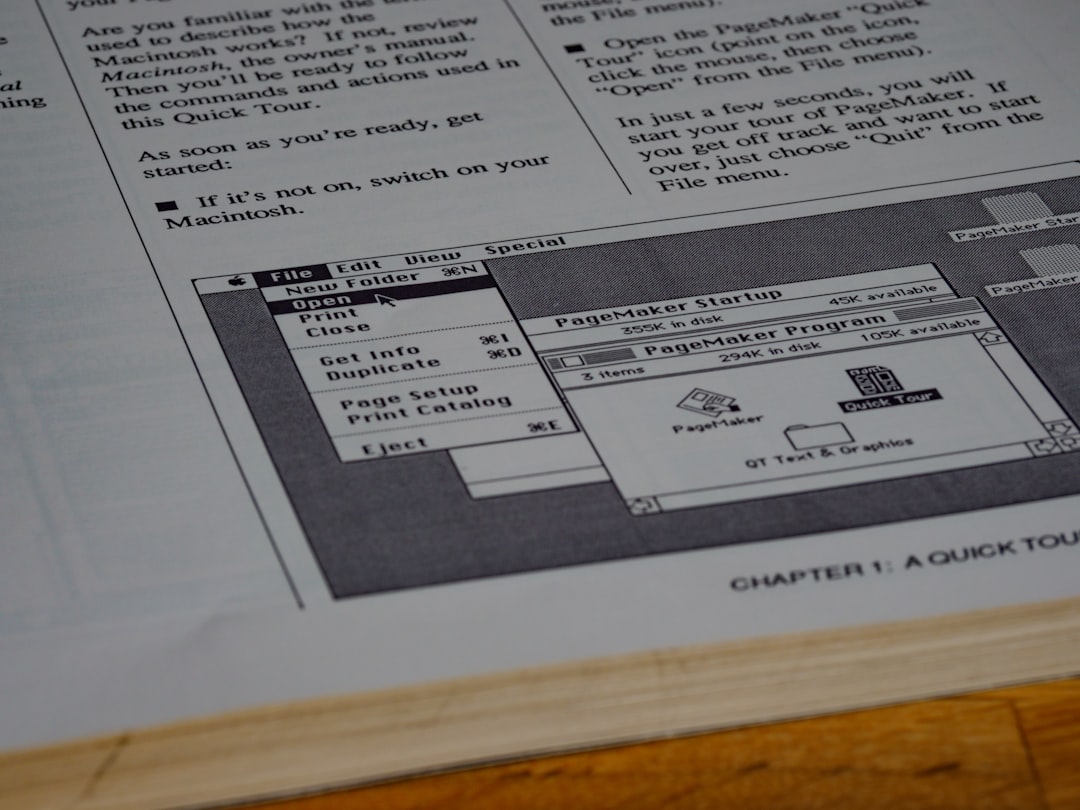It’s happened to almost everyone: you’re working on an important Word document, the words are flowing, and suddenly—disaster strikes. The application crashes, your computer restarts out of nowhere, or you accidentally close the file without saving. Panic sets in. But don’t worry—there’s often hope. Microsoft Word has built-in recovery features, and with a little know-how, you may be able to restore your work.
Understanding How Microsoft Word Handles AutoSave and Recovery
Microsoft Word includes a powerful feature called AutoRecover that periodically saves a temporary copy of your document while you’re working. In more recent versions, especially if you’re using OneDrive, the cloud-based AutoSave is turned on by default. But even if it isn’t, Word usually keeps a temporary file you can recover in case of an unexpected shutdown.

Before diving into complex recovery scenarios, it’s useful to understand that Word uses several methods to protect your work:
- AutoSave (for Office 365 and OneDrive users)
- AutoRecover temporary files
- Draft and Backup file options if enabled in your settings
Steps to Recover an Unsaved Word Document
1. Check the “Recover Unsaved Documents” Folder
This should be your first stop. Microsoft Word typically stores unsaved files temporarily.
- Open Word and select File > Info.
- Click on Manage Document and then choose Recover Unsaved Documents.
- A folder will appear showing files that were auto-saved. Look for the one matching your file and click Open.
- Save it immediately to prevent loss again.
2. Search for AutoRecover Files Manually
If the above doesn’t work, you might still find what you’re looking for by locating the recovery folder manually:
- Press Windows + R to open the Run dialog box.
- Type
%appdata%\Microsoft\Wordand hit Enter. - Look for files ending in
.asd(AutoSave files).
Open each file in Word to see if your content is in there.
3. Check for Temporary Files
Word creates temporary files with the .tmp extension or similar formatting. These files might hold lost content.
- Search your computer using keywords from your document or look for recent files in
C:\Users\[YourName]\AppData\Local\Temp. - Files might start with
~,$, or be labeled WRL####.tmp.
Once found, try opening them in Word by changing the file extension from .tmp to .docx.

4. Use the Document Recovery Pane
Whenever Word crashes, it often reopens with a Document Recovery pane on the left side of the screen. If you see this:
- Carefully read the file descriptions—it may list multiple versions of your file.
- Click to open the latest auto-saved version.
- Immediately save the file with a new name.
Tips to Prevent Data Loss in the Future
You don’t want to find yourself in this situation again, do you? Here’s how to minimize risk:
- Enable AutoSave if you’re using OneDrive or SharePoint.
- Go to File > Options > Save and ensure that AutoRecover is enabled and set to save every 5 minutes (or less).
- Save regularly using Ctrl + S.
- Use cloud storage for automatic backups and version history.
When All Else Fails: Data Recovery Software
If none of the built-in methods work, you still might not be out of luck. Some third-party tools are designed to recover deleted or unsaved files. Look for reliable software options like:
- Recuva
- Disk Drill
- EaseUS Data Recovery Wizard
These programs can scan your hard drive for deleted Word documents and may be able to bring them back—even if they’re no longer visible to you.
The Bottom Line
Losing a Word document can feel like a catastrophe, but in many cases, Microsoft Word has already done the hard work to preserve your progress. By understanding where to look and what tools are at your disposal, you can often recover unsaved files with minimal loss. Remember, prevention is better than cure—so set up your AutoSave, back up to the cloud, and always have a recovery plan in mind.


































